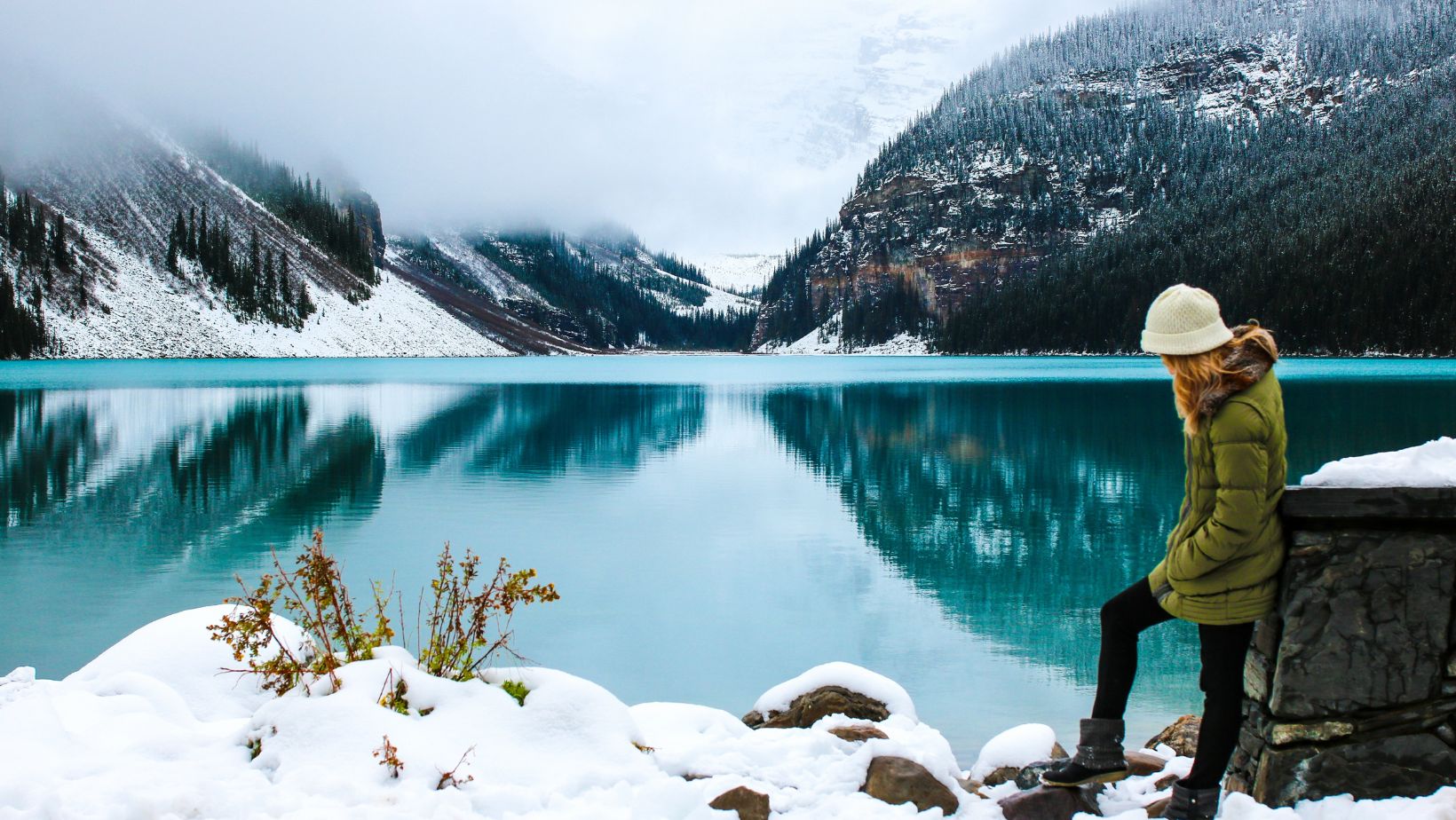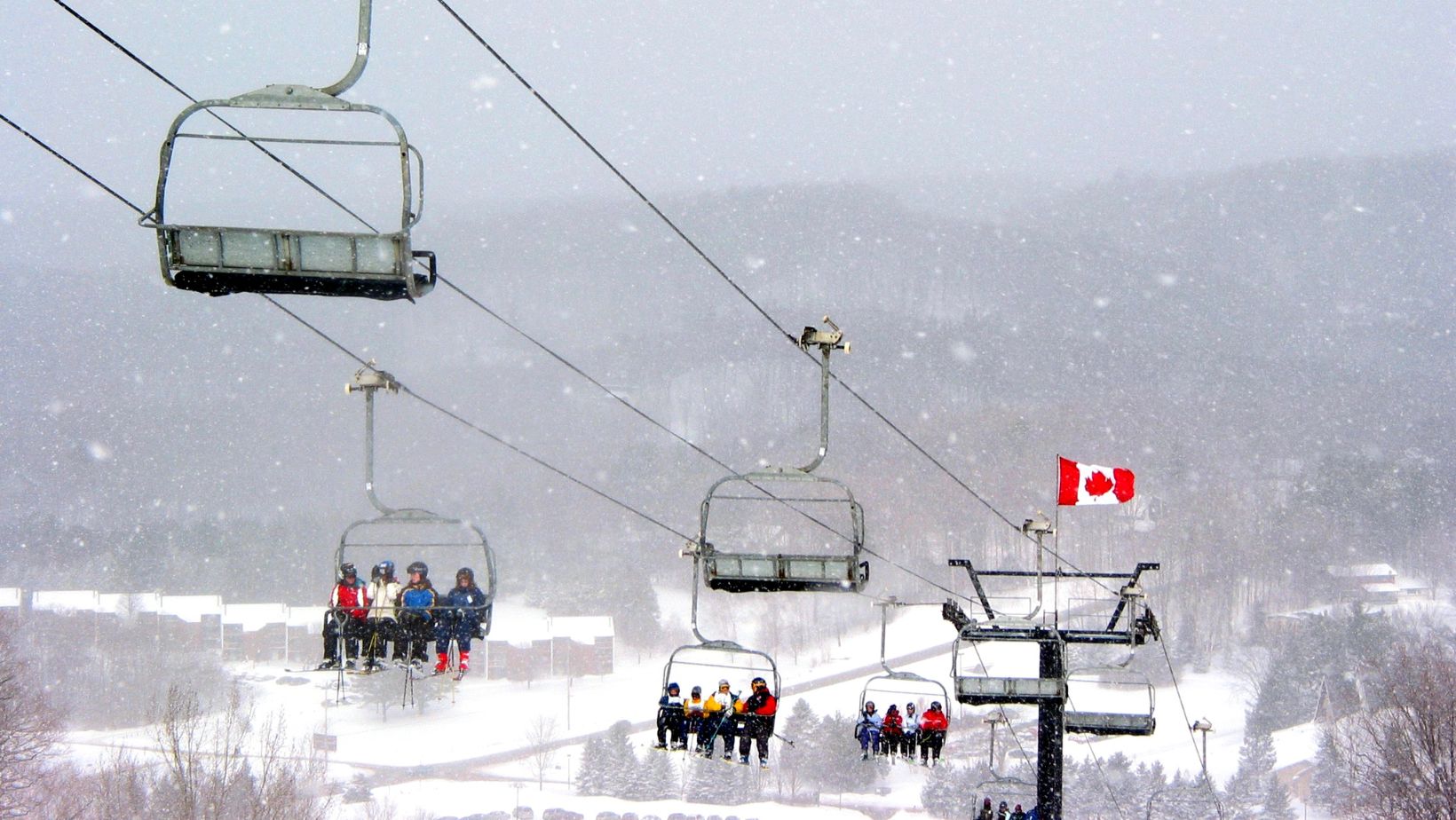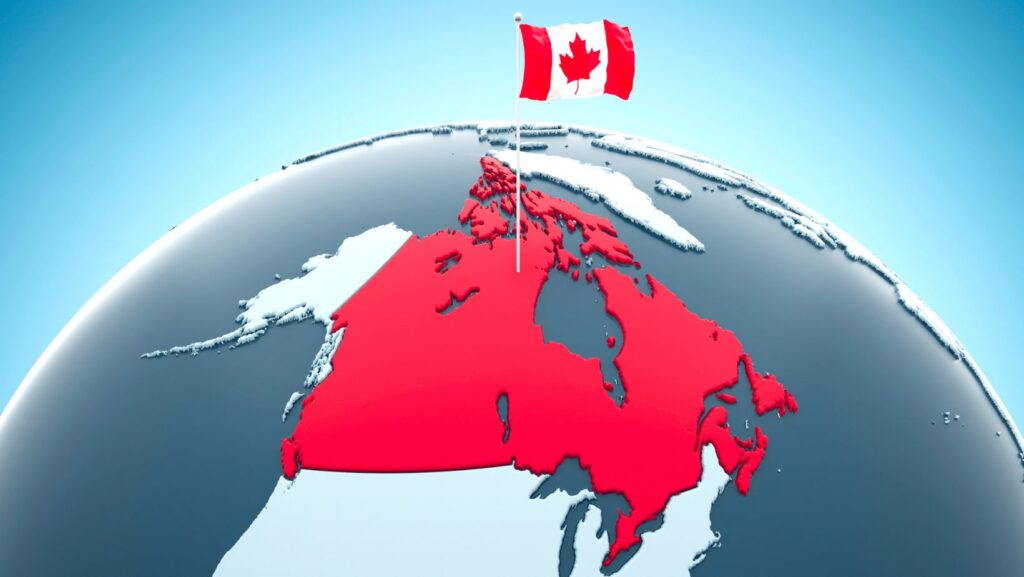Some changes are within our control. For example, we can choose online platforms instead of land-based businesses to try our luck: sites like Mr Bet offer many opportunities for this. However, some changes, even if we cause them, are not easy to control. All we can do is try to adapt and take precautions to avoid making things worse in the future.
Climate change falls into this category. We caused it, and some measures can be taken to prevent it from getting worse, but until we have some results, we must face the consequences. Canada’s tourism industry is a good example. Canada offers many natural beauties, from majestic mountains to stunning coastlines, and has a thriving tourism industry, but the impacts of a warming climate are reshaping tourists’ experiences.
The Impact on Winter Tourism
The first thing that comes to mind when you think of Canada is winter sports. Ski resorts continue to attract tourists throughout the year, and there are other sports you can do. For example:
- You can try ice skating at the Rideau Canal Skateway in Ottawa,
- Jasper National Park in Alberta is among the most popular destinations for snowshoeing,
- You can also try ice climbing at Haffner Creek in Alberta,
- Canada’s official sport, ice hockey, is available almost everywhere in local parks.
The problem is that most of these sports are no longer available year-round, and this affects the ski seasons the most. Rising temperatures and declining snowfall make snow quality generally poor, which makes winter sports specific to certain seasons and not to any particular moment. We can see this in the official statistics: popular destinations such as Whistler Blackcomb and Banff have seen a significant decline in visitor numbers over the last few years. While some have invested in technologies such as artificial snow, most do not have the budget to afford it. Moreover, artificial snow creates different problems in terms of water and energy use.
Climate change is affecting even relatively simple and fun sports such as trekking. Trekking routes in mountainous regions have become more dangerous due to glacial recession and unstable terrain. Some routes are no longer accessible and there are now fewer recommendations that tour guides can make.
Shifts in Summer Tourism
Although winter sports are most affected by climate change, summer tourism is no exception. At first, you might think that rising temperatures are beneficial: tourists get more opportunities for outdoor experiences. But rising temperatures do more than just make beaches more attractive. Statistics show that forest fires are increasing for the same reason, making some areas completely inaccessible. For example, the Okanagan Valley, normally a popular destination for wine tourism, has lost almost all its visitors due to wildfires, and this has affected not only tourism but also the wine industry.

Wildfires are not the only threat: flooding and extreme weather conditions have also increased significantly compared to the past. Melting glaciers mean that Canada is losing one of its most striking natural wonders. All this is attracting the attention of tourists as well as authorities. On popular platforms, such as TripAdvisor, you can read many tourists’ worrying comments about these changes.
Adaptation Strategies
It is not possible to solve these problems in the short term because climate change is a threat that affects not only Canada but the whole world. So, even if all countries around the world start taking the necessary measures right now, it will take a long time before we see the results. However, there are some short-term adaptation strategies:

- Diversification: This strategy is mostly used by ski resorts. They are simply trying to diversify the services they offer. Many resorts now offer activities such as hiking, mountain biking, and eco-tourism in addition to skiing. This allows you to find something to do all year round and helps resorts move beyond seasonal cycles.
- Sustainability Initiatives: This simply means that all industries, including tourism, are adopting sustainable practices to reduce their carbon footprint. For example, most resorts have switched to renewable energy sources and are investing in environmentally friendly infrastructure. Unfortunately, this requires a bigger budget than expected.
- Infrastructure Resilience: This is a measure mostly taken by summer tourism operators. They elevate their facilities to cope with rising sea levels and build barriers to resist erosion.
Of course, none of this solves the problem itself: as long as climate change continues, at some point, even these measures will become insufficient. Therefore, it is necessary to implement solutions that focus on the problem itself without wasting any more time. The tourism industry cannot do this on its own. Realistically, there is nothing they can do except educate tourists about environmental protection. Combating climate change requires different industries to come together to develop solutions, to be supported by the government, and to ensure the participation of other countries.
